BFCM Conversion Tactics: Smart Bundles, Flash Sales & Scarcity Marketing
Reading Time: 13 minutesStill approaching BFCM with generic discounts, last-minute price cuts, or scattered promotions?…
Previously: In our last article, we took a look at the very foundations of SEO and committed ourselves towards embarking upon a journey of understanding. The whole point of this series of articles, is to get e-commerce store owners and other people running websites, up to speed with methods that would help them get to the top of Google ranking.
In SEO 101, we also elucidated exactly how important getting to the first page was and how, over 90 percent of traffic went to websites that were on the first page of Google ranking for a particular keyword. You can read that article right here, or avoid all this work altogether by installing Ced Commerce’s ULTIMATE XML SITEMAP and the VENDOR SEO SUITE ADDON, to automatically take care of the SEO and Google ranking of your website.
In today’s article, we will discuss the very foundations of SEO, the different types of Search Engine Optimization strategies that are deployed and how, they differ from each other. Along this, we will touch upon topics like Black Hat and White Hat SEO, as well as On page and Off page SEO — and the impact they have on a multi vendor e-commerce website’s Google rankings. All of these topics will be discussed in greater detail, in later articles.
Obviously, we are not talking about the colour of the hat you put on your head. Instead, we are referring to the 3 groups of SEO practices that are followed, and come with their own set of advantages and disadvantages. To start with, we have what is called as the White Hat SEO. This consists of a set of practices that have to do with the long term, and that are widely accepted by search engines like Google. They carry no risk of attracting penalties for using underhand tactics to give a boost to your Google Ranking, and are very safe though somewhat slow.
The practices associated with White Hat SEO include things like high quality content on your website, good website structure and so on and so forth.
The results obtained through this strategy take some time to show up on the map however, provided that you stick to them, they do ensure that your website sticks to the top of Google rankings for a good long while.
Next up is the Black Hat SEO. This refers to tactics which are on the whole, unwholesome and aim for the belly of search engines, in a manner of speaking. In other words, these tactics focus more on the search engine algorithm weaknesses as compared to the strengths of your own website.
The tactics deployed under this method include link spam, keyword stuffing, cloaking, hidden text, and hidden links. The results are certainly quicker to be observed as compared to White Hat SEO however, they are highly unpredictable (your website and go up as well as down on Google ranking) and the gains if any, are temporary.
In short, it is not advisable to rely on Black Hat SEO tactics unless you want Google to penalize your website out of the search engine orbit. Most companies instead rely upon Grey Hat SEO strategy. As the name implies, the Grey Hat SEO tactics lie somewhere in the middle of Black and White Hat. Hence, they aren’t exactly the kind of thing that Google will ask you to do, but neither will it penalize you if you do them.
See, the one thing you have to understand if you want to do anything with SEO is that Google’s intent is to ensure that the best possible content reaches its customers, in response to a particular query. So, if someone searches for Soya Sauce, or say a Gun, the results on top will be ones that according to Google, are the best suited to fulfil the searcher’s query. And that is exactly the point where we should be aiming to arrive at — to a top Google ranking. And barring a few differences that have to do with the differences in their underling algorithms, that is pretty much all that a search engine will ask you for.
There is actually no Versus, since both onsite and offsite SEO are used in tandem in order to drive the clients you are looking for to your website. After all, if you are selling baby clothes and end up driving single, truck drivers to your website, it will not matter how many hits you get as none of them will translate into sales.
So, the right combination of Offsite and Onsite SEO is needed so as to ensure that you get the right amount, and the right kind of traffic to your website.
To define, Onsite SEO basically refers to the work you do on your website. External factors and other websites do not come into play here (unless you are plagiarizing, which will set you back). This includes stuff like keyword density, keyword research to choose the proper keywords, website structure, searchability and index-ability and so on.
Offsite SEO on the other hand, mainly refers to the work you do off your own website. For example, it includes the websites that backlink to you. When will the back-linking happen? When you churn out good, solid content or popular products. As a multi-vendor, the kind of website you have also comes into play.
The quality of back-linking matters as well and backlinks from shady, disreputable will just set you back while those from reputable websites (say CNN) will be equal to extra brownie points in Google’s — or any other search engine for that matter — eyes.
Stay tuned for the next article in the series!
Want to reap the benefits of a SEO optimized website without doing all this hard work? Check out Ced Commerce’s ULTIMATE XML SITEMAP and the VENDOR SEO SUITE ADDON.
Thank you for your interest.
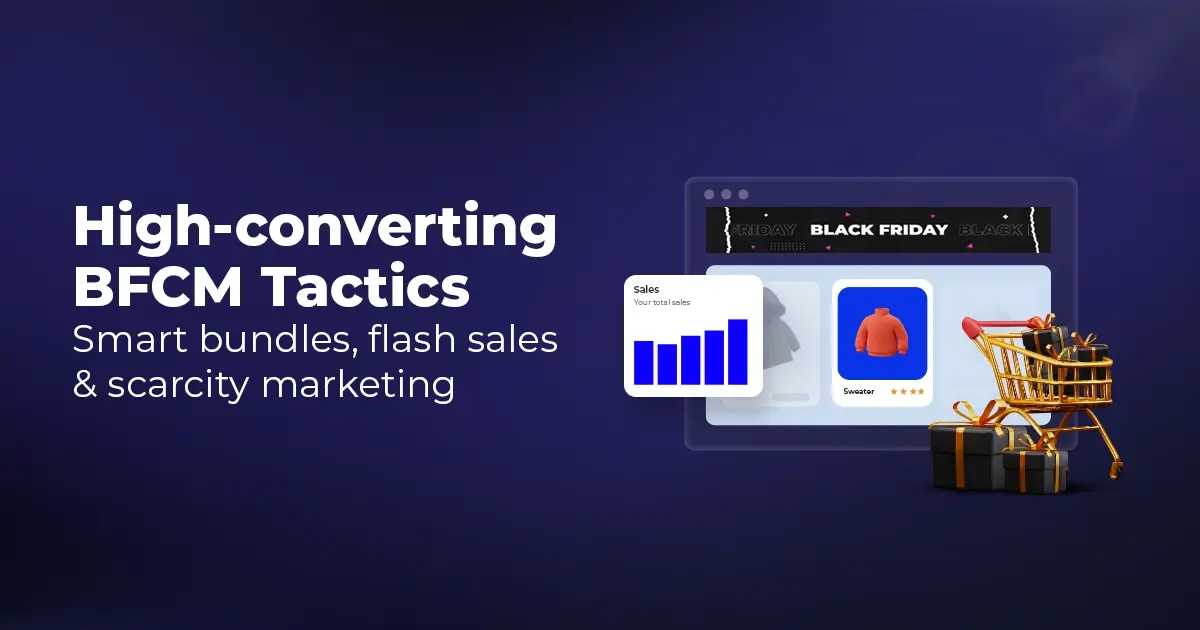
Reading Time: 13 minutesStill approaching BFCM with generic discounts, last-minute price cuts, or scattered promotions?…

Reading Time: 3 minutesTikTok Shop reached a major milestone during its largest U.S. “Global Black…

Reading Time: 3 minutesOpenAI has announced a new AI-powered shopping research tool designed to help…
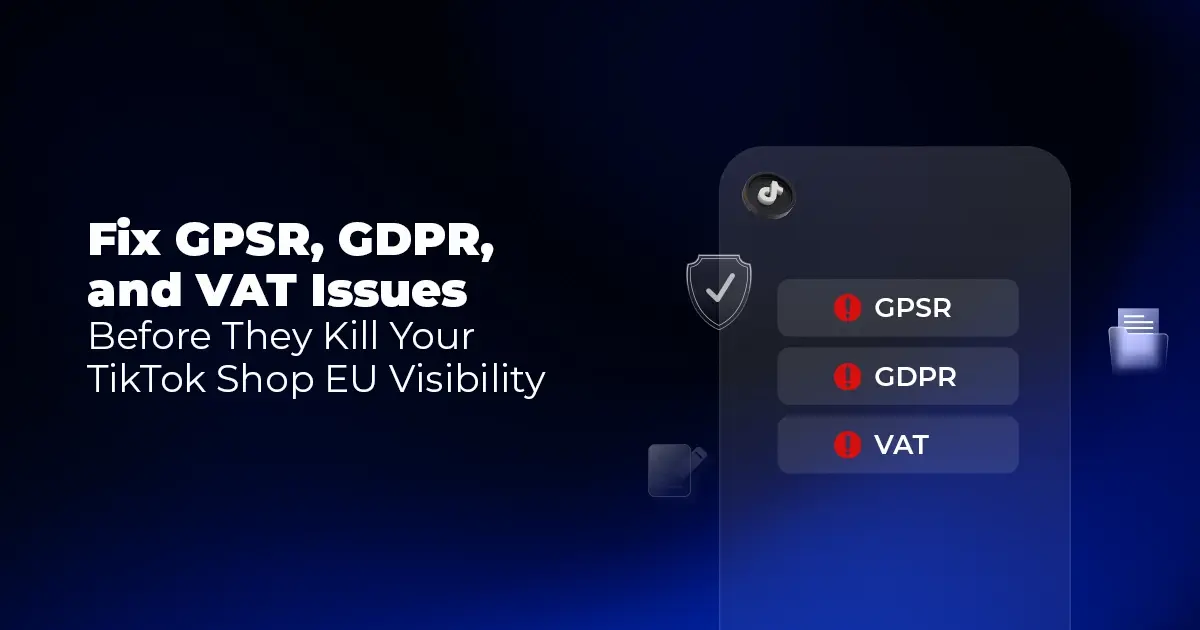
Reading Time: 9 minutesIf your TikTok Shop listings often sit in review or your visibility…

Reading Time: 3 minutesAmazon has rolled out a new “Seller Challenge” feature for eligible Account…

Reading Time: 3 minutesWalmart Marketplace has sharpened its requirements around product classification (category, type group,…

Reading Time: 3 minutesJust ahead of Black Friday, Amazon is enforcing tighter controls on its…

Reading Time: 11 minutesWhere holiday prep of past years focused on legacy channels like Amazon,…
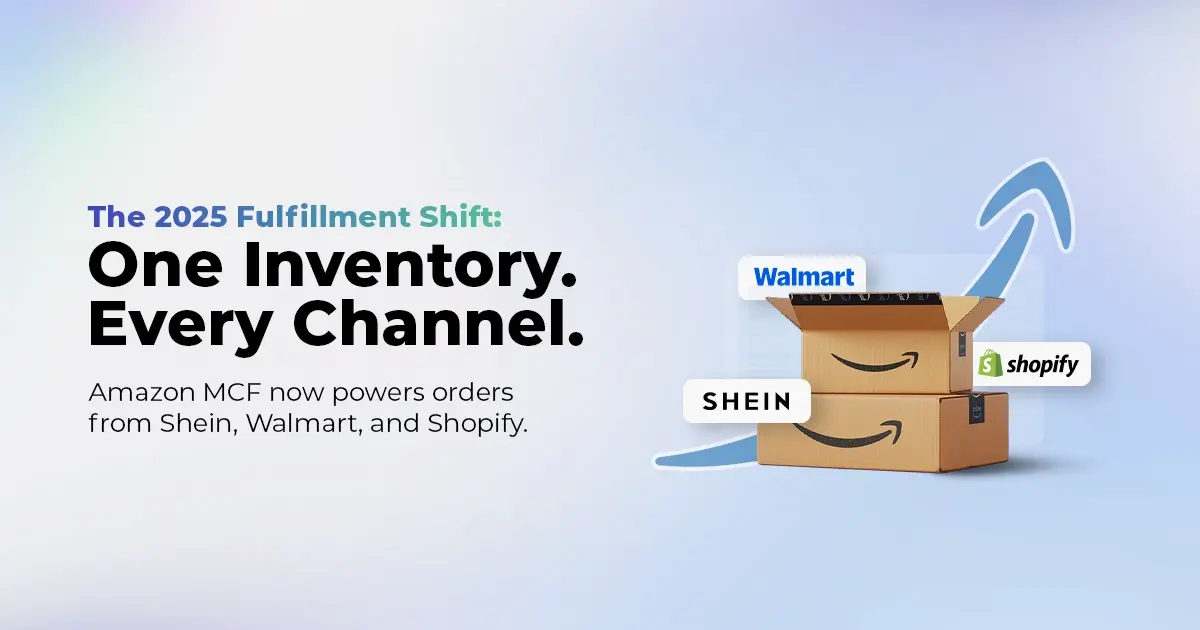
Reading Time: 11 minutesThe eCommerce shift you actually need to act on Multi-channel fulfillment has…
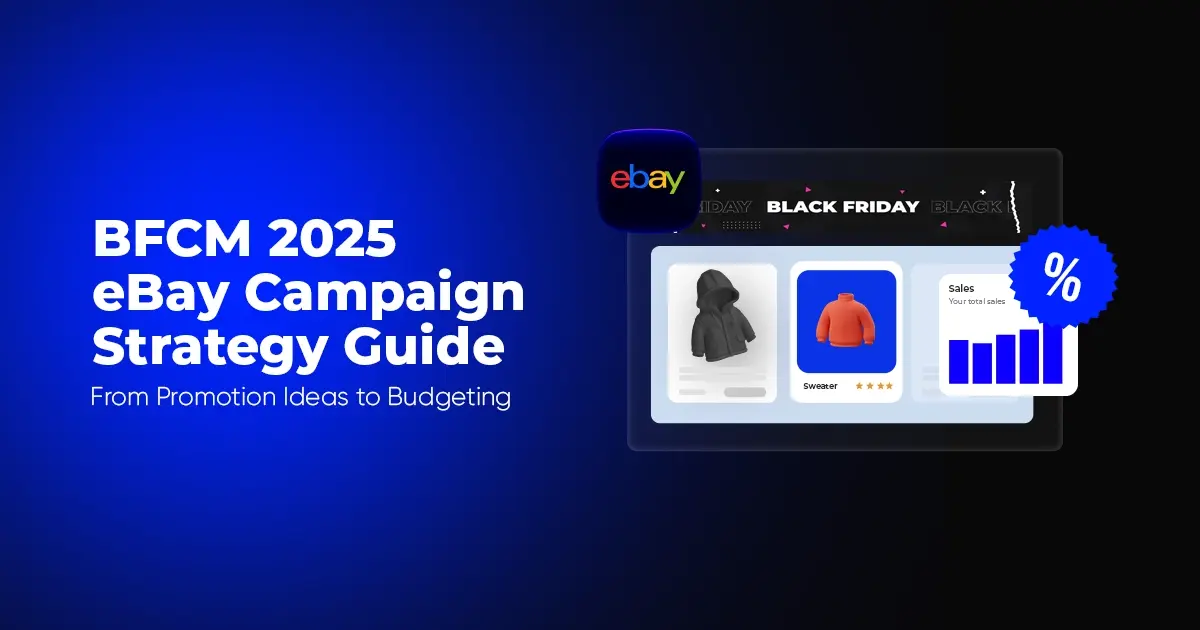
Reading Time: 10 minutesBlack Friday Cyber Monday (BFCM) isn’t a weekend anymore; it’s a two-month…

Reading Time: 2 minuteseBay is quietly testing a new feature that could reshape how buyers…

Reading Time: 2 minutesAmazon is stepping into a new era of value commerce with the…
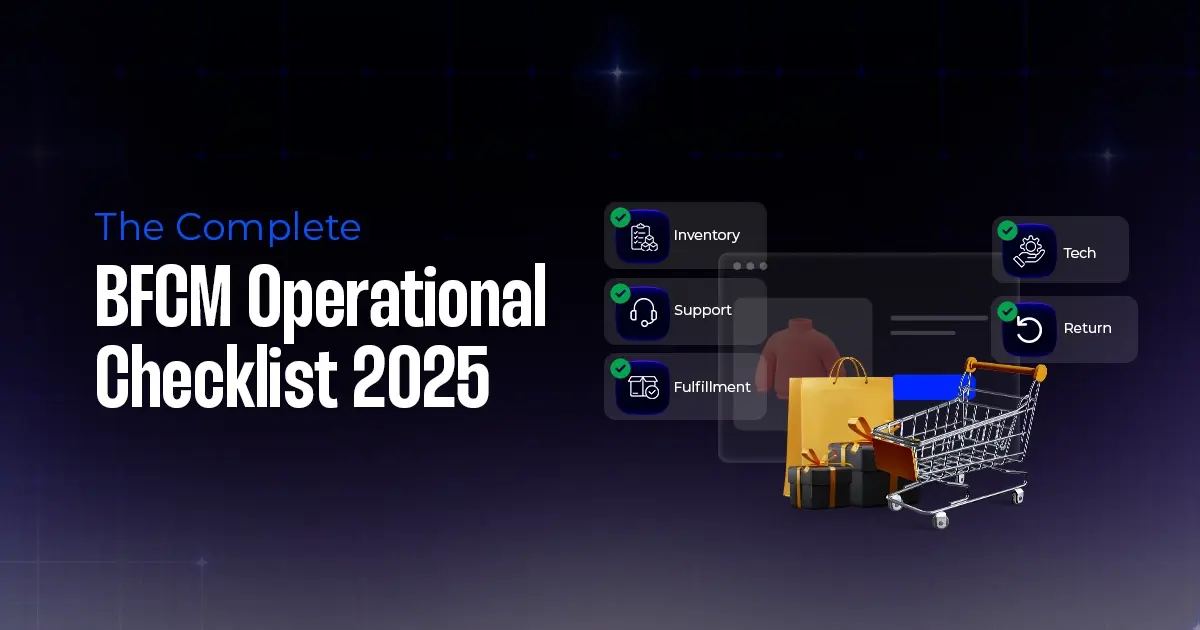
Reading Time: 11 minutesThe $240 Billion BFCM Opportunity & Why Operations Matter Every seller, business,…

Reading Time: 7 minutesTL;DR — Your 60-Second BFCM Battle Plan Time remaining: 3 weeks until…

Reading Time: 2 minutesChina’s Double 11 shopping festival — the world’s largest annual online retail…

Reading Time: 2 minutesAs the holiday season approaches, TikTok Shop has released its September 2025…

Reading Time: 3 minutesIn a continued effort to enable sellers and stimulate new product launches…

Reading Time: 2 minutesAs global trade enters a new phase of regulation and cost restructuring,…

Reading Time: 2 minutesOpenAI Turns to Amazon Web Services in $38 Billion Cloud Deal: What…
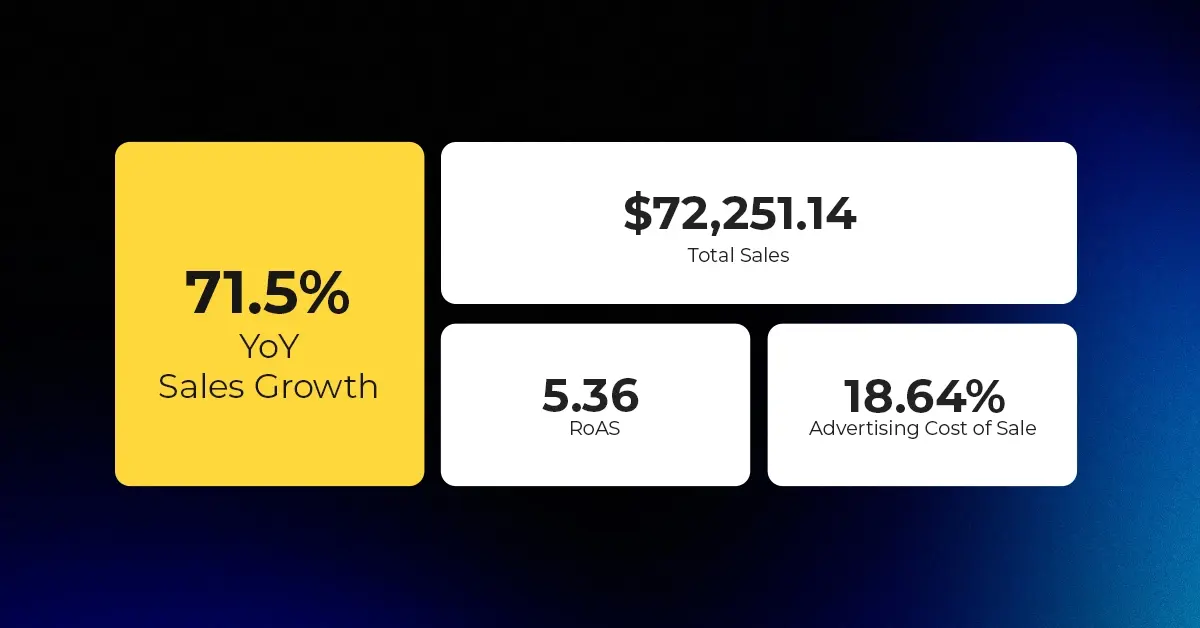
Reading Time: 4 minutesAbout the Client TMRG is a global health and wellness brand with…